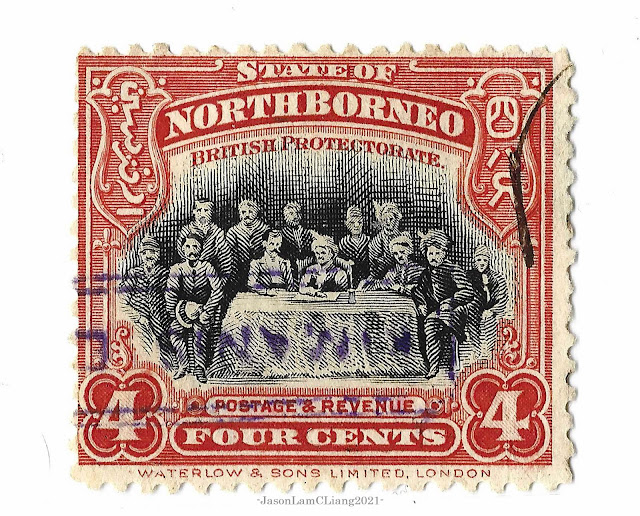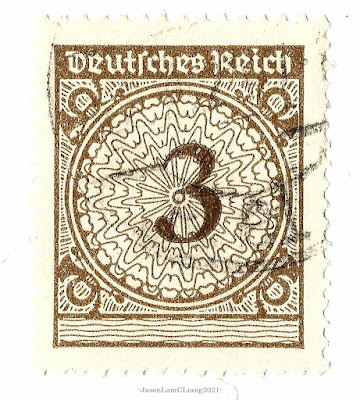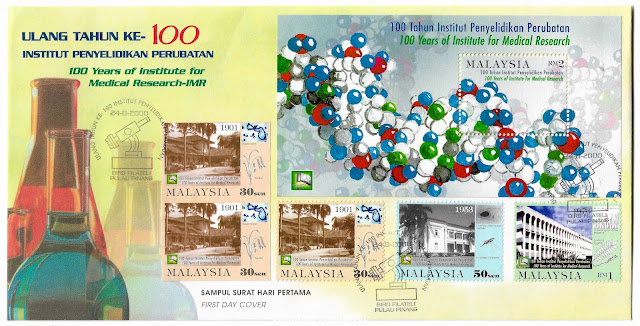Kimanis Handstamp?

Forgot that I had this in my album, but this North Borneo stamp had an interesting rectangular handstamp in violet that was partly on the stamp. It was no doubt 'KIMANIS' but since I could not make out what the second word was, I am inclining towards 'KIMANIS Estate'. North Borneo 1909 4 cents scarlet, ISC144 As usual in every attempt to obtain as much information from a scan, this was processed in RetroReveal. Upside down, 'KIMANIS E'. It looked like an 'L' but there were indeed three strokes which makes it an 'E'. If it were an 'L', perhaps it could also be narrowed to 'KIMANIS LTD' For a clearer view If you noticed, surrounding the word 'KIMANIS' is another faint rectangle around it besides the double-barred rectangle that makes the frame of the handstamp. I think this might have been imprinted on the handstamp during inking when hit hard - one could always hear how hard handstamps are struck on letters in the post of...





